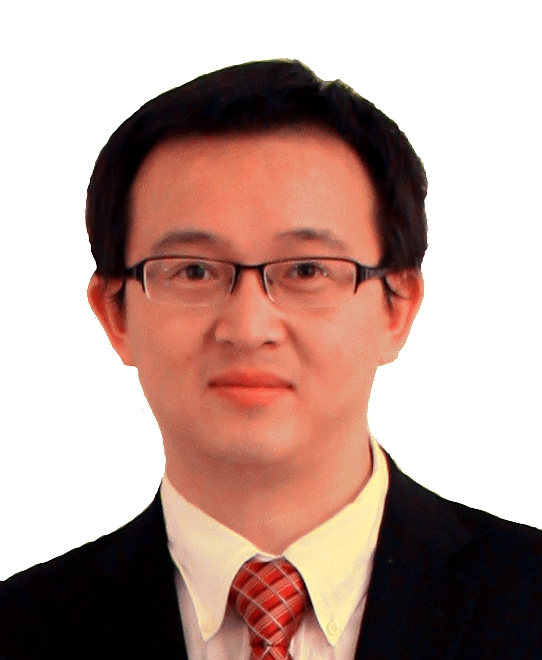Entangled photons have many applications — from fundamental tests of quantum mechanics, to practical implementations in quantum key distribution, quantum imaging and ultraprecise metrology. Generating entangled photons with broad spectral and angular widths is a long-standing goal in quantum optics. A platform on which to achieve this goal is highly nonlinear atomically thin 2D crystals: due to their scale and optical properties, these two-dimensional crystalline layers can be designed into fully operational, miniaturised quantum photonic chips.
Since the discovery of graphene in 2004, many materials with a stable monolayer form have been found, including the important subclass of transition-metal dichalcogenides (MX2; M = Mo/W; X = S/Se/Te). These materials are centrosymmetric when in bulk form, but the inversion symmetry is broken when thinning them down to monolayer thickness. As a result, 2D monolayers feature an atomic-level dipole that gives them extraordinary physical properties including dichroism, ferroelectricity, and piezoelectricity. In particular, the monolayers exhibit enormous second-order susceptibility χ(2) that enables efficient nonlinear optical processes.
Highly nonlinear 2D materials can in principle be used for spontaneous parametric down-conversion (SPDC). SPDC is a well-developed tool in quantum optics to produce entangled photons. So far, this process has exclusively been observed at the macroscopic scale on periodically poled bulk crystals. This project aims to investigate enhancement techniques to bring SPDC to the atomic scale and use nonlinear 2D crystals as integrated highly entangled photon sources.
Partners
The project will be largely experimental and will be supervised by Professor Yuerui (Larry) Lu and Professor Ping Koy Lam. The project will involve collaborations with world leading teams in Australian Research Council Centre of Excellence for Quantum Computation and Communication Technology (CQC2T: https://www.cqc2t.org/).
To learn more about this project contact: Professor Yuerui (Larry) Lu.
